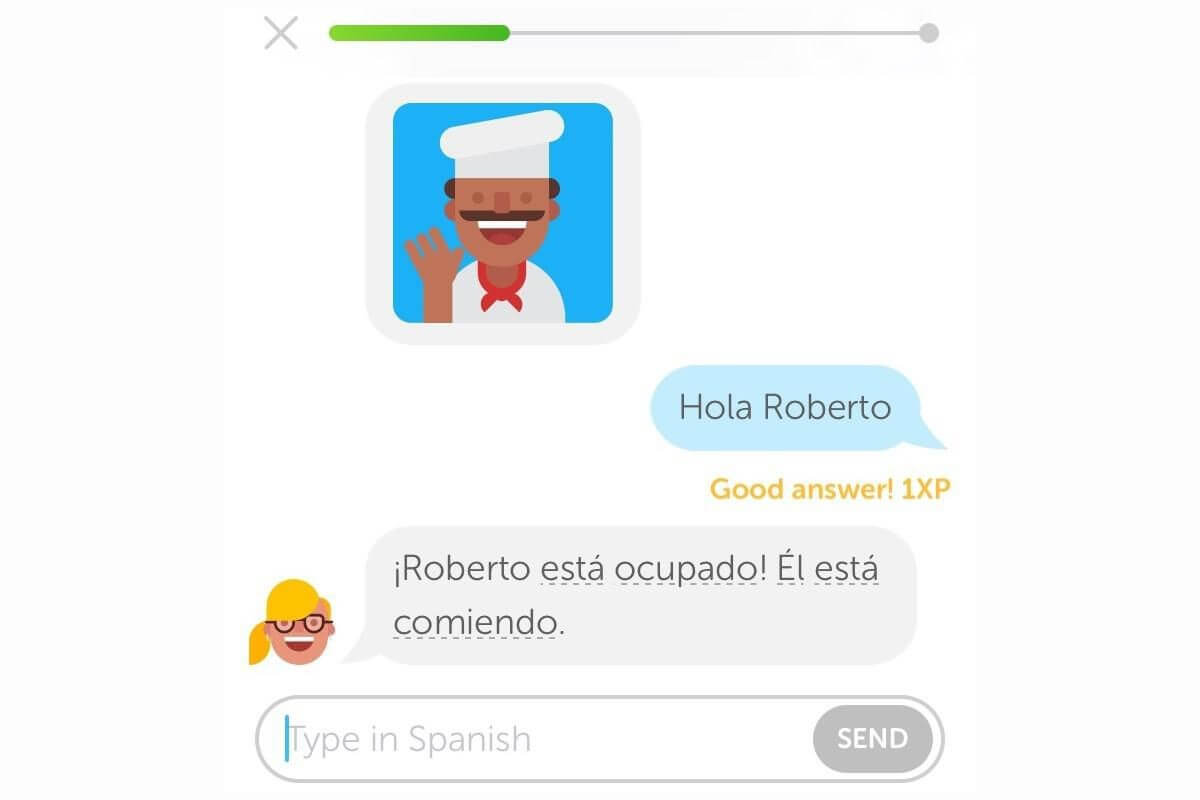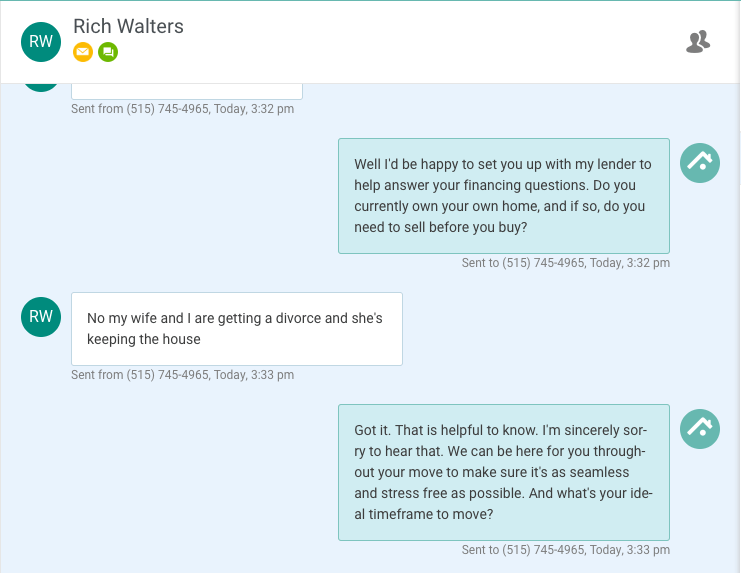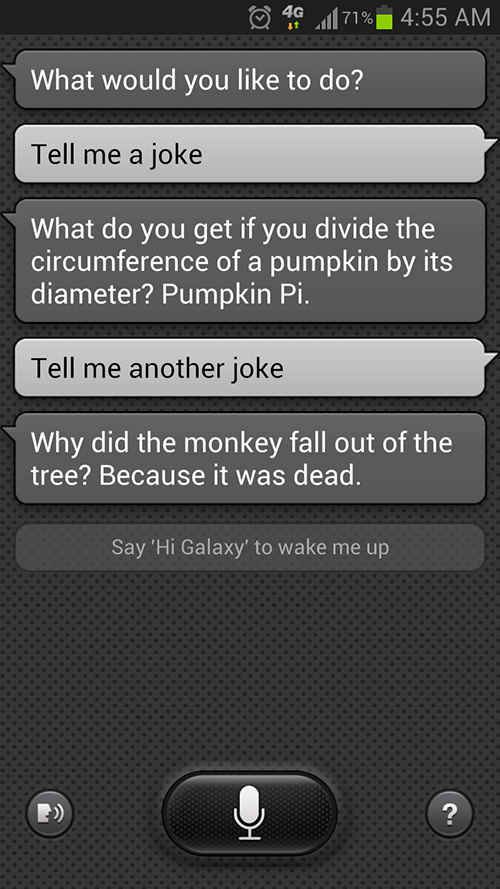The progression of artificial intelligence is at its height with smart, AI-powered chatbots evolving the marketing and customer support landscapes.
Developers are focusing on how to build a chatbot that is more human-like. And you should too if you want to improve real-time customer engagement.
It is surprising to witness what chatbots can do without human support. There are chatbots that can tell you the latest news, some can teach you a new language, and some can talk like your partner.
And then, there are automation bots like Alexa and Google Assistant that can help you seamlessly take care of your everyday chores.
However, the most popular use of chatbots is to provide enterprise-level customer support. In fact, more than 67% of consumers worldwide used an AI-powered chatbot for customer support in 2018 and it is expected to rise to 85% by 2020.
So what is a chatbot all about? How can you build a chatbot that can interact like humans? Let’s take a closer look.
Table of Contents
What is a Chatbot?
A chatbot is an AI-powered computer program that simulates interactive conversations. It uses pre-calculated user phrases, voice commands, or text-based signals to allow a form of communication between a human and a machine.
You can also read this article explaining more about what a chatbot is.
Chatbots: Facts and Trends You Should Know
Every year there are approximately 265 billion customer requests and companies spend as much as $1.3 trillion to serve them. Building and implementing chatbots can help companies save 30% on this.
According to a report by MarketsandMarkets, the chatbot market was valued at $703 million in 2016. And the market has witnessed a compound growth rate of 35.2% every year from 2017-2019.
Businesses are expected to invest more into building chatbots to improve customer interactions. In fact, AI is expected to power 95% of customer interactions by 2025.
Clearly, chatbots are here to stay and grow.
How Can Chatbots Help Grow Your Business?
Building smart chatbots can help you grow your business as:
- They are not a replacement for human interactions. Instead, they can act as a filter for customer requests and thereby, they can empower your customer support team and save you time.
- They ensure instant responses and therefore, make your customers feel valued.
- They boost your brand’s reputation by carrying out friendly, helpful conversations with your customers.
- Building a chatbot is easier and more cost-effective than creating a new application.
- Millennials love the speed of communication and convenience offered by AI-powered conversational chatbots.
How to Add Human-Like Characteristics When You Build a Chatbot
Why is Siri such a hit among masses? It is because it is the closest thing to human-like conversations that a bot can possibly do today. It speaks in a human voice, it can answer your questions, crack jokes, and even perform certain tasks for you.
Let's admit it. Nobody likes to talk to a machine. Even when talking with bots, we long for human connections. If you check out any list of the most popular and effective chatbots, you will realize that most of them converse like humans.
However, it is not easy to make a chatbot that can interact like humans. You will have to invest a lot of time and effort into installing a human-like conversational setup during bot development. It is not easy to make your new chatbot match the levels of reputable conversational chatbots such as Alexa, Siri, or Cortana.
Of course, you will have to face challenges, especially when you want to build a chatbot that grasps and conveys human emotions, humor, or sarcasm. There are high chances that your chatbot won’t get humor and wit right and will deliver sarcasm with a robotic tone.
So, how do you overcome these challenges? How can you create a chatbot that can have human-like conversations with your customers and prospects?
Here are a few ideas that can help you humanize your chatbot during the bot development process:
1. Give Your Chatbot a Real Human Voice
What do Siri, Alexa, Cortana, and Google Assistant have in common? They all have natural, human-like voices. They do not sound like some automated robot that is making text-to-voice conversations. In fact, talking to them seems like talking to a friend or family member.
If your chatbot can form sentences and read /respond to information in a human voice, half of your battle is already won.
A brilliant example of this is Duolingo. This language learning app has developed a voice chatbot that allows people to learn new languages by practicing out loud.
You can check out how a particular word is pronounced using this voice app. Learning a new language with Duolingo’s engaging chatbot is fun and it feels just like a classroom session.
2. Install the Capability to Read Multiple Messages and Treat Them as One
When you build a chatbot, you should make sure that the bot you develop is able to compile the information sent in multiple messages. Your chatbot should be able to take the desired action based on customer requests.
For example, you want to order a pizza. You might send a message to the chatbot of a pizza company, asking them to order a Margarita pizza for you. You can send another message asking the chatbot to add some veggies and follow that up with a message to add a coke to your order.
Here, you are basically sending multiple small messages that are related to the same order.
Many times, we end up sending multiple small messages in continuation to deliver one long message. To make your chatbot more human-like, it is important to teach the bot to recognize a set of multiple messages and read them as one.
To achieve this, it is important that the chatbot you build understands user intent. Once they are able to understand what a user wants, they will be in a better position to respond appropriately.
Your chatbot should respond to every customer request with relevant messages that are similar to what a human customer care executive would have given.
To achieve this, you should use the Natural Language Generation (NLG) technique while building your chatbot. You can also create a chatbot that breaks long message into multiple small messages while responding too. This will help your bot have conversations that are more relatable.
3. Make Your Chatbot Capable of Displaying Emotions
There is something surreal about talking to a chatbot that can understand and show emotions just like humans. Even though users are aware that they are interacting with a chatbot, they feel connected when the bot showcases some emotions in their conversation.
Here’s an example in which you can see a bot showing empathy when the user talks about how he just had a divorce.
A great way to help your chatbot display emotions is to develop a chatbot that can use emojis in their conversations. If your bot detects happiness in a user’s message, they can respond with a smiley. Similarly, if the bot reads anger, they should be able to react with a sad/anxious emoji.
One of the most common technologies you can use during bot development to incorporate emotional intelligence in your chatbot is Emotion Application Programming Interface (API).
Emotion API allows you to make a chatbot that can detect emotions such as happiness, anger, disgust, neutral, sadness, and surprise in messages. The emotion detector is known to read all of the common facial expressions that are universally communicated in similar ways.
4. Branch Out Your Chatbot’s Responses
Suppose that you ask Siri to tell you a joke and it does. You then ask Siri to tell you another joke and they repeat the same joke again.
Wouldn’t it be frustrating for you to get the same response over and over again when you ask similar questions? It will just re-affirm the fact that you are talking to a chatbot.
Sometimes there is only one direct way to ask a question or answer it. However, sometimes the same question can be asked in different ways and can have multiple responses.
Therefore, you need to provide a “response bank” to your bot that includes multiple messaging options. This is to ensure that your chatbot does not repeat the same response in a loop when a user asks similar questions.
For example, in order to confirm a transaction, the chatbot need not always say “confirmed.” You can also feed replies such as “transaction complete,” “done,” and “roger that” when you are building your chatbot.
Branching out and providing a variety of responses for similar questions/situations is what makes a chatbot more human-like.
5. Add a Typing Indicator and a Deliberate “Time Gap” to Responses
When you chat with a human, you do not receive a response the moment you send your question. A human needs a little time to read your question, think, and then type an answer before sending it to you.
Therefore, to add that human touch to your chatbot, you should add a “typing indicator” and also add a few seconds of intentional delay.
Having a super-fast bot is not appropriate when we talk about building human-like chatbots.
Final Thoughts
With the development of AI-powered chatbots and the discovery of new ways to personalize them, chatbots will continue to look and feel more human. You can incorporate the ability to understand user intent, read the context, and convey emotions in your chatbots to make them more realistic and relatable.
The technology used to create new chatbots is still in its early stages and there is a lot of room for evolution. As technology advances, you will be able to build chatbots that will increasingly resemble humans. This will make it hard for users to differentiate if they are talking to a bot or a real human.
What features do you think can make your chatbot more human-like? Please let us know in the comments below.





Related Articles
What is Digital Marketing? Everything You Need to Know
Best Blogger Outreach Tool – 21 Tools to Minimize Your Outreach Efforts
33 Free Google Marketing Tools for Marketers and Developers
22 Best Online PR Tools to Build and Monitor Media Relations
Digital Marketing for Startups: The Strategies to Use in 2024